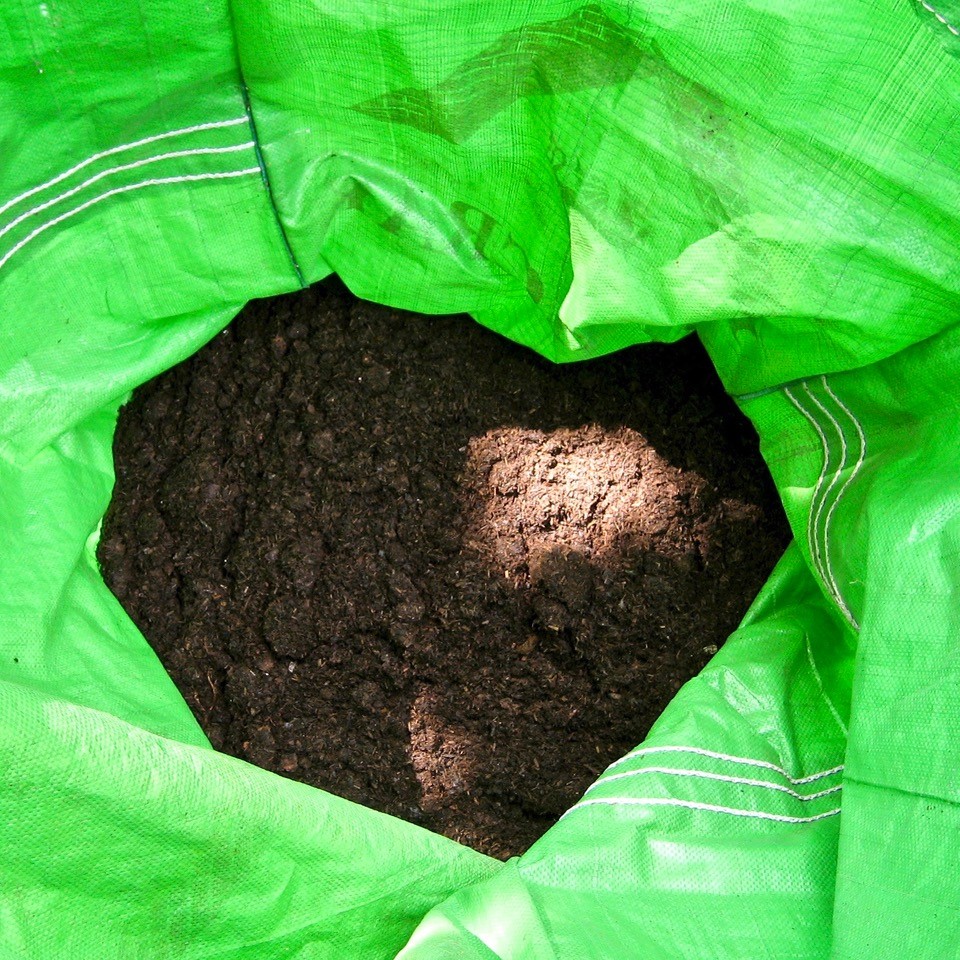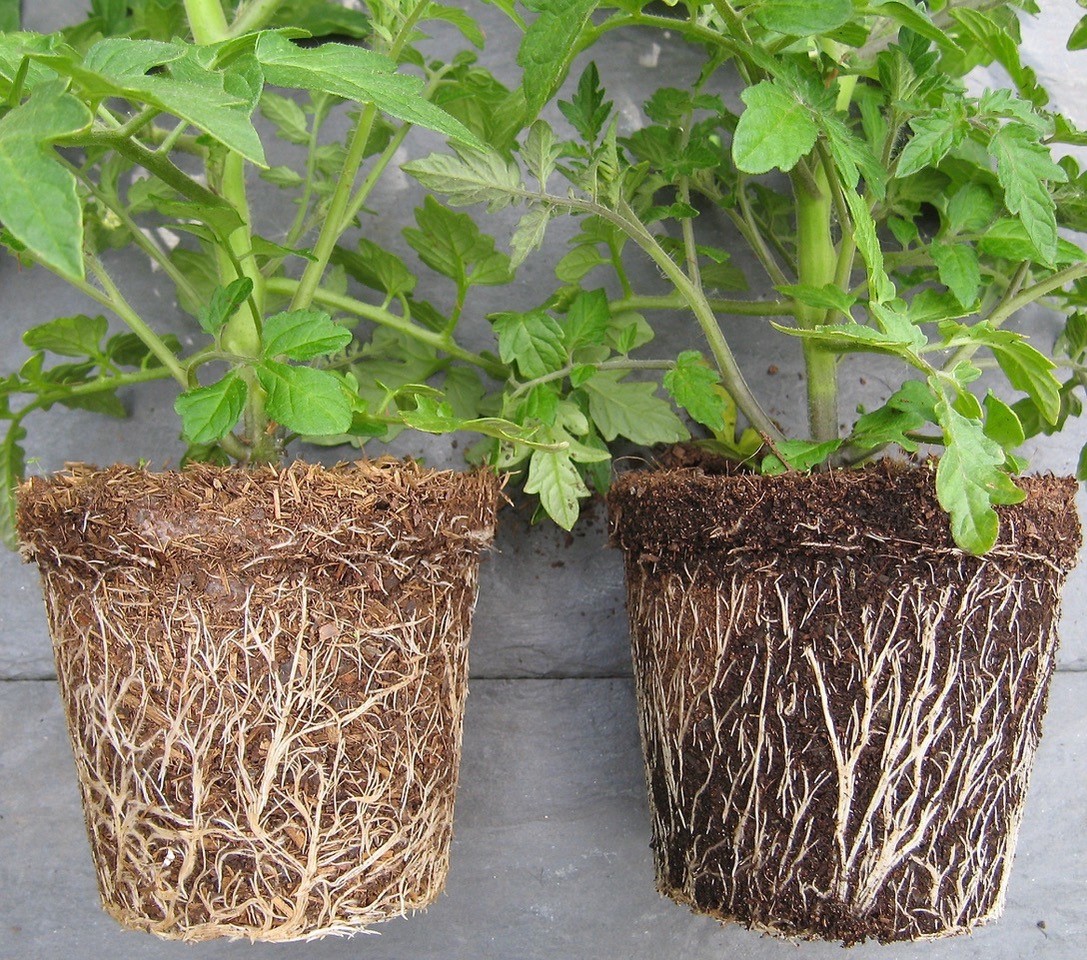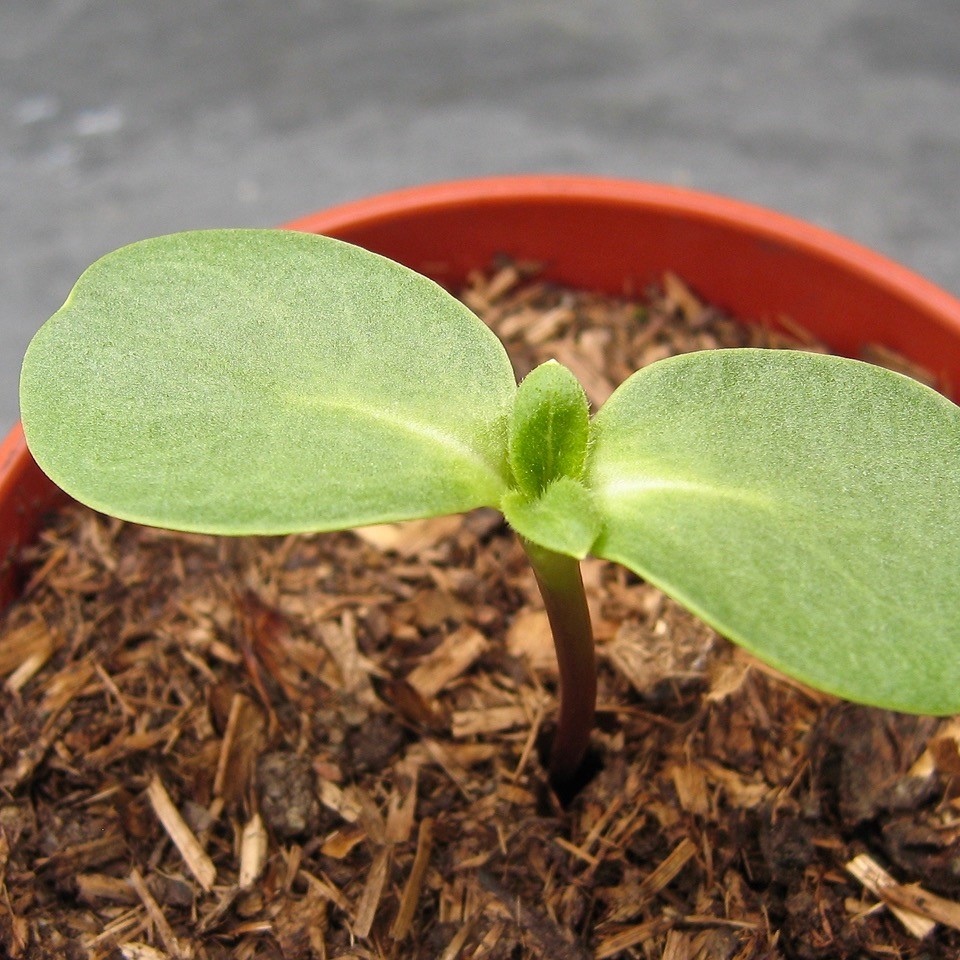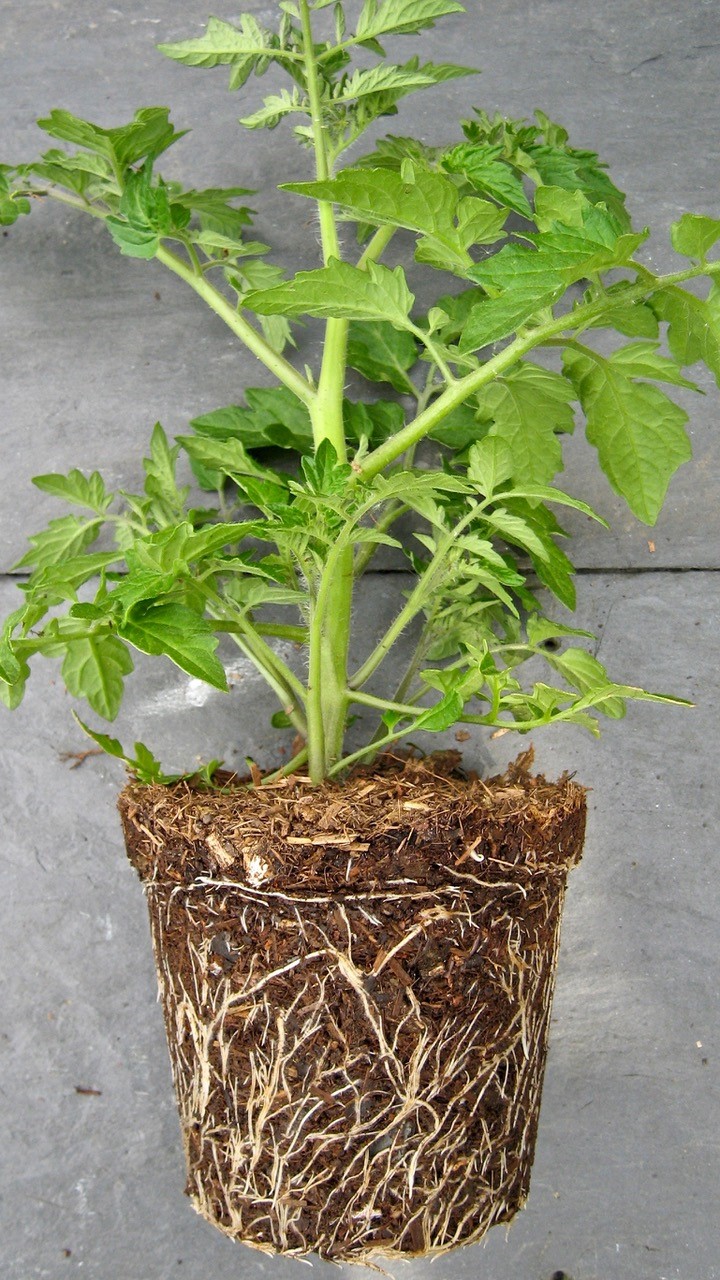Social distancing quandaries, money worries and stock shortages are making garden centre trips fraught with anxiety – but home-mixed solutions will eke out your compost supplies.
Seedlings need potting. Young plants are dropping through the letterbox, ready to pot up. Your greenhouse tomatoes, peppers and other veg are ready for their summer containers. You’ve got foxgloves, other biennials and fistfuls of perennial flower seeds to sow, not to mention weekly salad leaves, and cuttings to take. Our weird spring-cum-summer (and back again) weather means that everything is growing like mad, and we’re watering like it’s high summer already.

But the bag’s nearly empty, and our essential gardening fuel is running low. We’re eking it out, not filling those pots quite so full, skimping where we can, frugal desperation replacing the lavish brown helpings we doled out a month or so ago. If only we’d slowed down when the bag was half full…
Trips out to grab more bags of the stuff that fires our sun-powered passion aren’t straightforward. Reduced capacity at ‘safe distancing’ retailers means queuing cars and slower trollies, even where ‘essential journeys’ are allowed. Going out is still a no-no for many vulnerable folk, however much the sun shines, masks or no masks. With more folk than ever trying gardening in lockdown, there’s no guarantee you’ll get what you want. And as lay-offs, money worries and gathering anxiety puncture even sun-drenched days, you may not be able to easily afford another bag of this fuel: multipurpose compost (a quality, climate-friendly peat-free in my case).

Many of us are feeling, in all senses, stretched right now. I’ve almost run out myself, so I’ve set myself a lockdown challenge: to see how far I can stretch things, and make do with the compost I’ve already got. I’ve had fun plotting, conjuring with constituents, and making homemade blends like mad, using a few ‘magic’ ingredients along the way.
Whatever you do, please don’t use your precious garden soil for home compost-making (no matter what you hear ‘experts’ recommending). Don’t try ‘sterilising’ it in your oven or microwave – the best-quality peat-frees you can buy are alive with beneficial microbial life, not dead. Soil, arising from aeons of blending by nature, and latterly by you, is too precious to cook and kill. If you hanker to add ‘soil’ to your mixes, settle for a bag of bought ‘topsoil’ (though it’s still soil that’s been stripped from somewhere).
My two most magical mixers couldn’t be more different. Mature, microbially alive crumble-topping-like leaf mould has come from just a few, ultra-local paces away – the result of slow, unhurried gardening at its best (and it’s free). My other compost-stretcher is vegan-friendly plant digestate from Bloomin’ Amazing, the nutrient-rich chopped-up remains of forage maize and other grasses, after it’s been feasted on by microbes in a green-gas-generating biodigester. Bloomin’ Amazing was a winner in my peat-free compost trials last summer, and now it’s back (at around £7 for a 70-litre bag), helping to see me through this strained spring (though it can’t compete with my leaf mould for zero gardening miles, having come from southwest England).

For all the bigger potting-up jobs, I’ve gone for a 50:50 mix of leaf mould and digestate, and for comparison, a mix comprising equal parts of leaf mould, digestate and brown, fungi-worked wood chips from the laneside. If digestate seems a step too far, you can use ‘wormpost’ from a compost bin, or well-rotted garden compost from a heap; the latter will need sieving. Both are rich in nutrients, and you’ll be back in zero mileage territory.
These blends should keep my greenhouse tomatoes and, later on, my ‘Bishop’s Children’ dahlias, more than content. Mixing was easy using a soon-to-be-retired builder’s bag; I added the ingredients and tossed them around by pulling the bag from side to side (discovering new muscles along the way). For a plastic-free option, an old cotton sheet – or a cotton decorator’s sheet – is ideal for mixing. Spread the materials out, then pick up each corner of the sheet and blend them together. You’ll know that the mixing’s done when you can’t make out any of the individual ingredients. Use empty compost bags to store your DIY mixes, preferably in a cool, shaded, rain-free spot.
The 50:50 leaf mould/digestate was a revelation last summer. I’m using this mix to pot up young plug plants, and to give the tomatoes a final pot-on before they go into their tubs for the summer. I couldn’t resist sowing some sunflowers and winter squash in it either (it’s too coarse for small seeds), and the results are… superb.

If you have lots of seeds to sow and your precious bought compost is running low, leaf mould will see you through. Most seeds don’t require lashings of food as they germinate; leaf mould is high on beneficial microbes and low on nutrients, making it ideal for sowing. It might harbour a few weed seeds, so after you’ve sown, cover the seeds with a layer of bought compost (or sow fine seeds onto it). The compost stops any weed seeds from germinating, although this is less crucial with large seeds like beans and peas, which produce big, unmistakable seedlings. Leaf mould will help to get cuttings rooting, too. It’s fine to send any pre-used bought compost around for a second run; just sieve it to remove any failed seeds/seedling roots first, then sow in it again. Then, if needs must, sieve and repeat.
Leaf mould, or weathered, fungus-worked wood chips, will also help you bulk up any bought compost (peat-free or peat-based), helping it go further. Neither bring much to the plant food party, so use them mixed with (at least) two-thirds bought compost.

I’ve used digestate to reinvigorate the old compost from last year’s tomatoes; I never did empty out the pots, and it’s proved an unplanned blessing. I knocked the pots out onto a sheet, broke up the rootballs, plucked out old dead roots, then primed it with new life by mixing it 50:50 with digestate (and a few handfuls of leaf mould for good microbial luck). It’s proving to be just the ticket for an early crop of indoor mangetout. Use wormpost or rotted garden compost in the same way to inject fresh zest into spent potting mix – or any faded bags of compost you never used up last year.
I’ve eked, stretched, skimped, made do, conjured some compost magic, blended, revitalised, and fallen in love (again) with never-lets-me-down leaf mould. I’ve not had to drive, queue or fret (yet), there’s gardening fuel aplenty, and the bill’s staying low.
Text and images © John Walker
Find John on Twitter @earthFgardener


